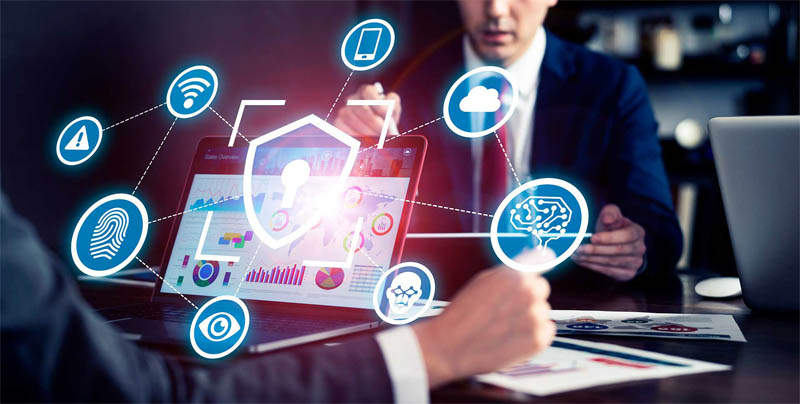
Behavioral Biometrics is a rapidly evolving technology. As new threats are emerging day by day, it has become the need of the hour to have a robust identification and authentication system. With the advancement of the IoT landscape and an increase in the number of online transactions, the demand for behavioral Biometrics is continually increasing. Also, there is a growing necessity for multi-layered security methods in the finance industry. All this contribute to the increased adoption of Behavioral Biometrics
Behavioral biometrics is a solution that identifies users by examining their activities. Identification can be done on the basis of keystroke dynamics, gesture recognition, signature verification, and voice recognition. The behavior of the user is recognized by physiological, cognitive, and contextual traits. It is a little different from physical biometrics.
Behavioral Biometrics is nowadays widely used in financial institutions, government facilities, and businesses for secure authentication. It helps the organization to increase its security and easy identification of theft. there is an increasing demand for biometric services in professional services, online banking services, smartphones, tablets, and many other gadgets.
The biometric data from the activity of the user is gathered, verified, and encrypted. A software application then points out specific points from the collected data and match that points to identify.
The identified match points are processed with the help of an algorithm. In this step, the data is converter into a numeric value. The values in the database are compared with the input value of the biometric. Comparing this the identification of the end-user is either approved or denied.
This type of biometric system utilizes the manner as well as the rhythm and the user. The system mainly focuses on how an individual types a character on the keyboard. The keystroke rhythm of an individual is used to develop a unique template of biometry. This template is then used for the further authentication process.
Gait analysis is a type of behavioral biometric modality which used an individual’s pattern of walking. It is based on the fact that every person has a unique and distinctive way of walking. The movement pattern varies in terms of timing and magnitude from person to person.
For centuries, Signatures are used as verification. As every person uses to sig in a different manner. In behavioral Biometrics, graphology is used for signature analysis. There is specialized software that evaluates the movement of the hand while doing signature, shapes of the letter in a sign and this is used to create a personal trademark.
In this type of Behavioral Biometrics, the voice of the user is used for identification. As voice biological characteristics of a person, it is unique for each individual. The speech profile of a person is digitalized. During this, each spoken word is fragmented into segments having different frequencies.
The end-user of the Behavioral Biometrics include BFSI, Retail & E-commerce, Healthcare, Government & Defense, and IT & Telecom. As new threats are emerging day by day, the end-users are focused to take preventive measures against fraud and hacking.
Behavioral Biometrics is a robust identity authentication service. Some of the major benefits are as follows:
Flexibility
A are limitless features available in the behavioral biometric system. These with an array of features are helpful for the precise analysis of behavioral inputs from the user.
Efficiency
The identity of the user is recognized in real-time by using Behavioral Biometrics. In order to differentiate and authenticate, this system requires less time. So it is more efficient.
Convenient
it is very convenient for both the user and the organization. A user experience is not disrupted, so they can perform their work without any hindrance along with the ongoing process of identification.
Secure
As intrinsic behavior of an individual is difficult to replicate by another person. It is thought to be secure and safe. In Behavioural Biometrics multiple patterns of behavior are examined at a single point in time.
The Behavioral Biometrics Market has been witnessing rapid growth due to an increasing number of online transactions. Such a rise in the number of online transactions and augmented threats related to it. This in turn it has elevated a serious need for advanced biometric solutions that could be able to prevent unauthorized access to information of the users without their consent. Furthermore, the advent of AI in behavioral biometrics and the development of the cloud-based solutions market. The Global Behavioral Biometrics Market has been anticipated to rise at a growth rate of 23.4% CAGR over the forecast period.